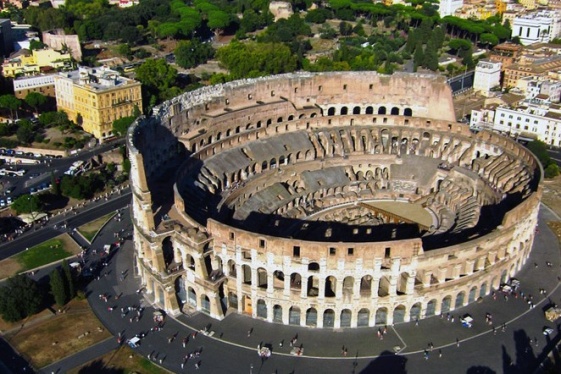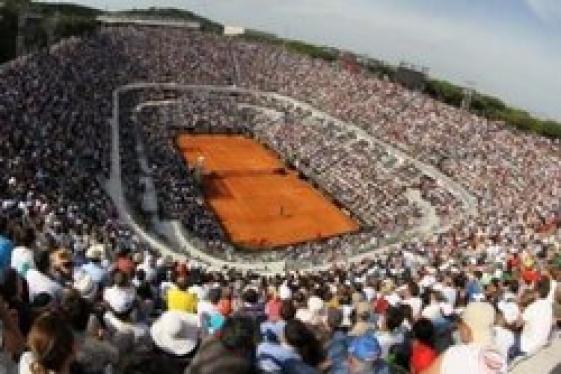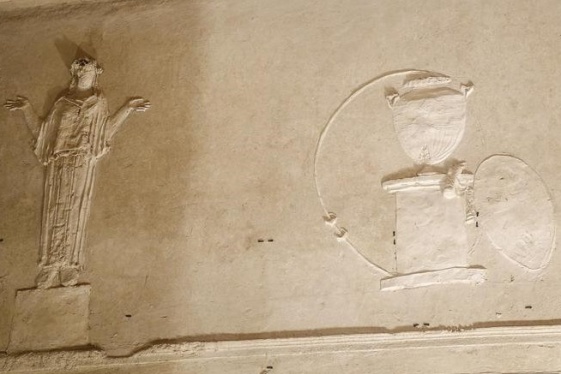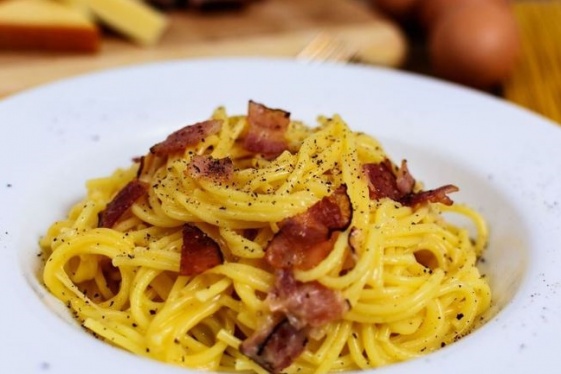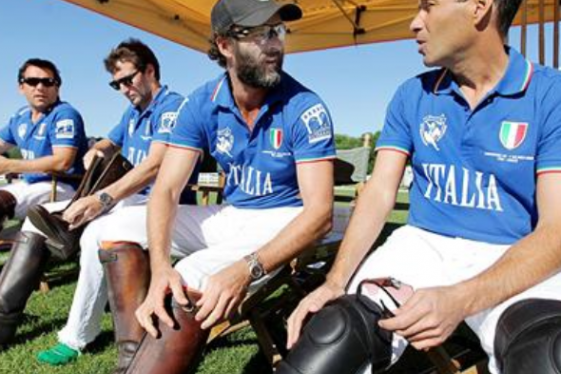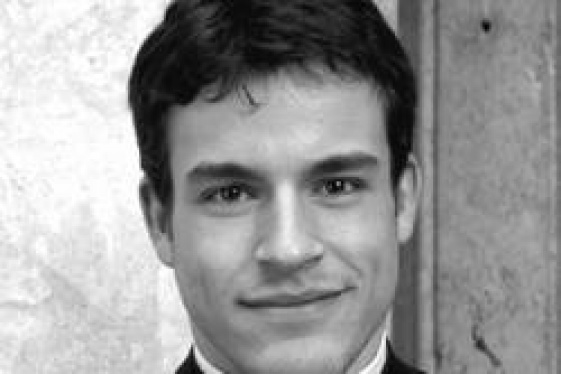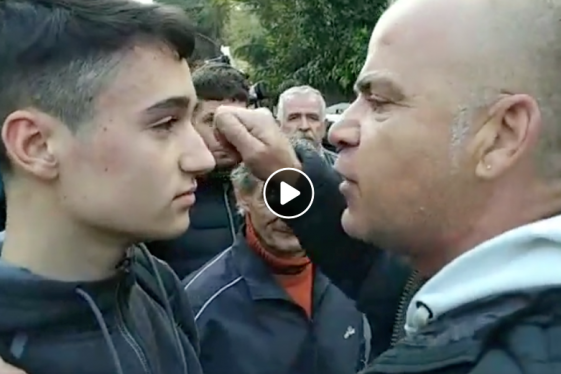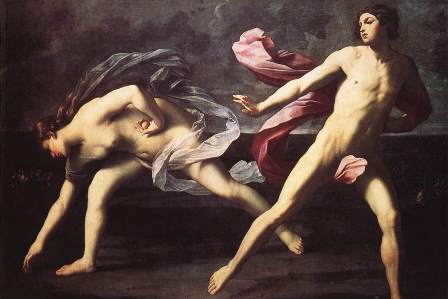

WTI Magazine #59 2015 May, 1
Author : Enrico De Iulis Translation by: John Cabot University
The exhibition Barocco a Roma. La meraviglia delle arti (Baroque in Rome. The magnificence of arts) will be hosted in Rome until July 26th, 2015. Although this event can appear as one of the numerous artistic exhibition set in the cradle of Baroque, where everything has been already studied and showed, the Barocco a Roma. La meraviglia delle arti at Palazzo Cipolla conveys a new view of the artistic style between the 1605 and 1657, paying particular attention to the requests of Popes Urbano VIII Barberini, Innocenzo X Pamphili and Alessandro VII Chigi.
The aim of the exhibition is to recreate a specific approach to the arts of the first half of XVII Century, including minor artistic productions such as glyptic, medals, tapestry and lute art, related to music and masterpieces by the most famous artists of Baroque, as well. The exhibition includes art works such as Bernini's sculptures, Alessandro Alfardi's medals, models by Alessandro Specchi and pictures by Guido Reni, Pietro da Cortona, Giovanni Lanfranco and Domenichino, just to mention few of them.
The exhibition is divided into four sections that chronologically describe the evolution of style, from the premises of topics of ecstasy and affection - there were a great attention to Spanish mystics during that time - to the arts under the Barberini's papacy that reached the clymax of Baroque. The artistic features include the theatricality and set design through the shaped canvas of private courtyards of aristocratic families abiding on the opposite site of their palaces and suburban villas. This trend will take to establishment of the Italian style garden.
In this exhibition every piece of art recalls the outstanding beauty of Rome in the XVII Century, such as the splendor of a small pocket object, the square fountain , a private picture of devotion , and the parade machinery for processions.
This systemic approach to the philological content of the exhibition is accompanied by an innovative idea from the coordination of Roman museums: specific patterns dictated by the nature of the different museums and their peculiarities have been set up in each structure which participates to this inititative.
Therefore, Palazzo Braschi houses the drawings of the scenic designs for parties and civic celebrations, that used to be fired at the end of the celebration. At Palazzo Chigi of Ariccia will be an exhibition of Baroque portraiture, and at Capitol Museums a path called la Pinacoteca del Papa, at Palazzo Barberini La Reggia del Sole (the palace of the Sun) that will enhance the style of the Family of Bees (Barberini). Moreover, at the Vatican Museums will be hosted a grand tour of Bernini's art, and at Sant'Ivo alla Sapienza (Borromini's construction) documents of artists of this stylistic revolution will be available; moreover, other Borromini's places, that are usually closed, will be open to the public, such as the Cappella dei Re Magi all'Oratorio dei Filippini, and in Galleria Doria Pamphili will be an itinerary through Caravaggio and Velazquez. Finally, at Palazzo Colonna will be set up an exhibition focused on the Baroque landscape.
Therefore, it is a real artistic and cultural event related to concerts and historical commemoration in order to sink into the atmosphere that has definitively changed Rome as known today.
You may be interested
-
Exciting Palatine. Interview with Clementina...
You can tell she fills with excitement when she has the chance to show an important archae...
-
Italian Open's History and Records: A tale o...
For Italians, and Romans in particular, the Open is not just a tennis tournament where cha...
-
'Basilica of Mysteries' reborn in Rome
The so-called 'Basilica of the Mysteries' has been reborn in Rome. The basilica, one of th...
-
'Carbonara Day' celebrates famous pasta dish
On Friday, April 6, the world will celebrate "Carbonara Day", an occasion launched by the...
-
'Gladiators' bring Roman flavor to R.I. polo
As thousands of sharply dressed spectators converged on the turf of Newport International...
-
'Hot priests' grace Rome's calendar
It is officially called the Calendario Romano, or Roman Calendar. But on the streets of Ro...
-
'No one should be left behind': Italian teen...
A 15-year-old boy, known as Simone, has become an overnight internet sensation after stand...



